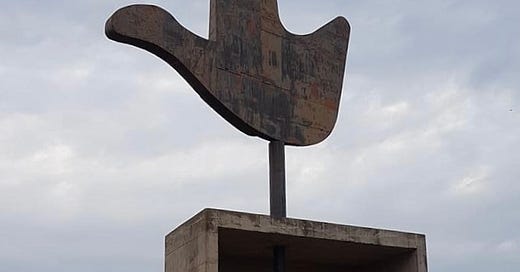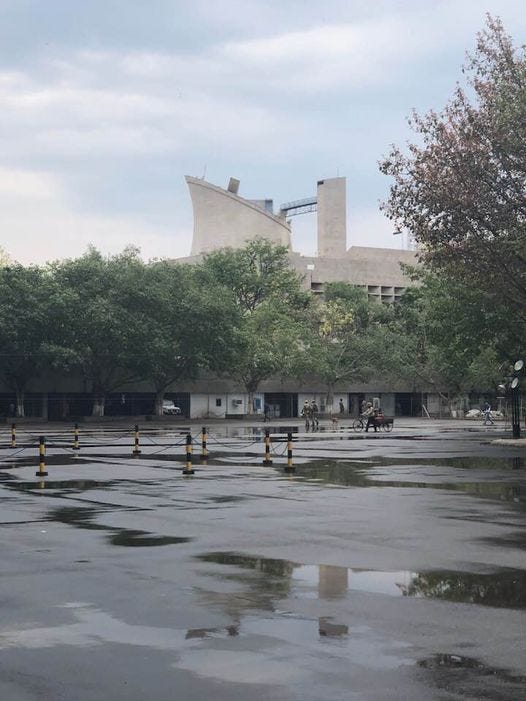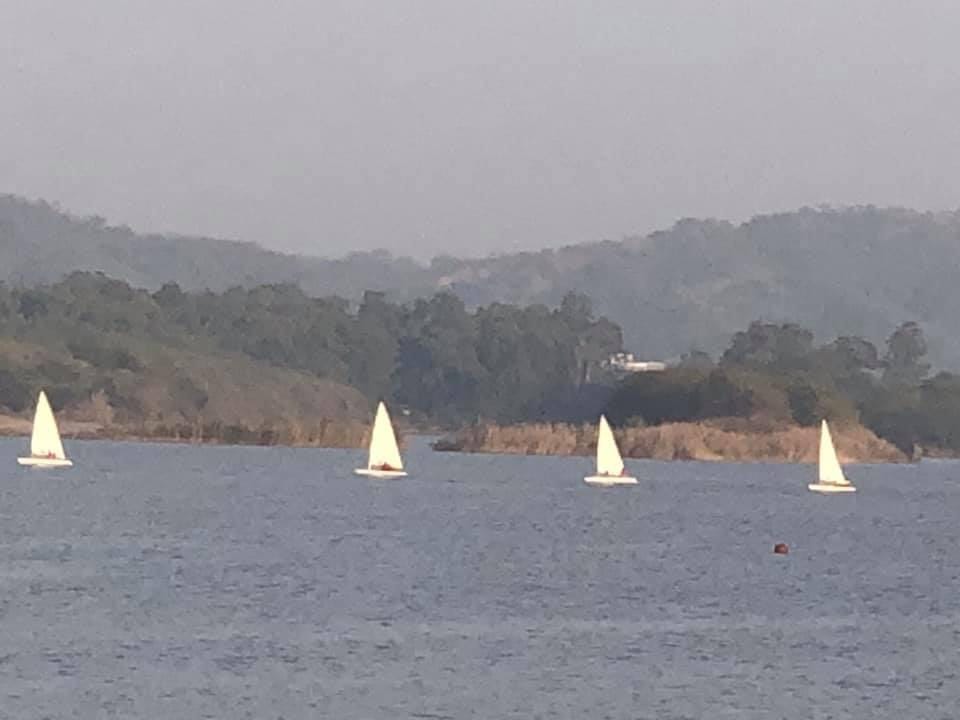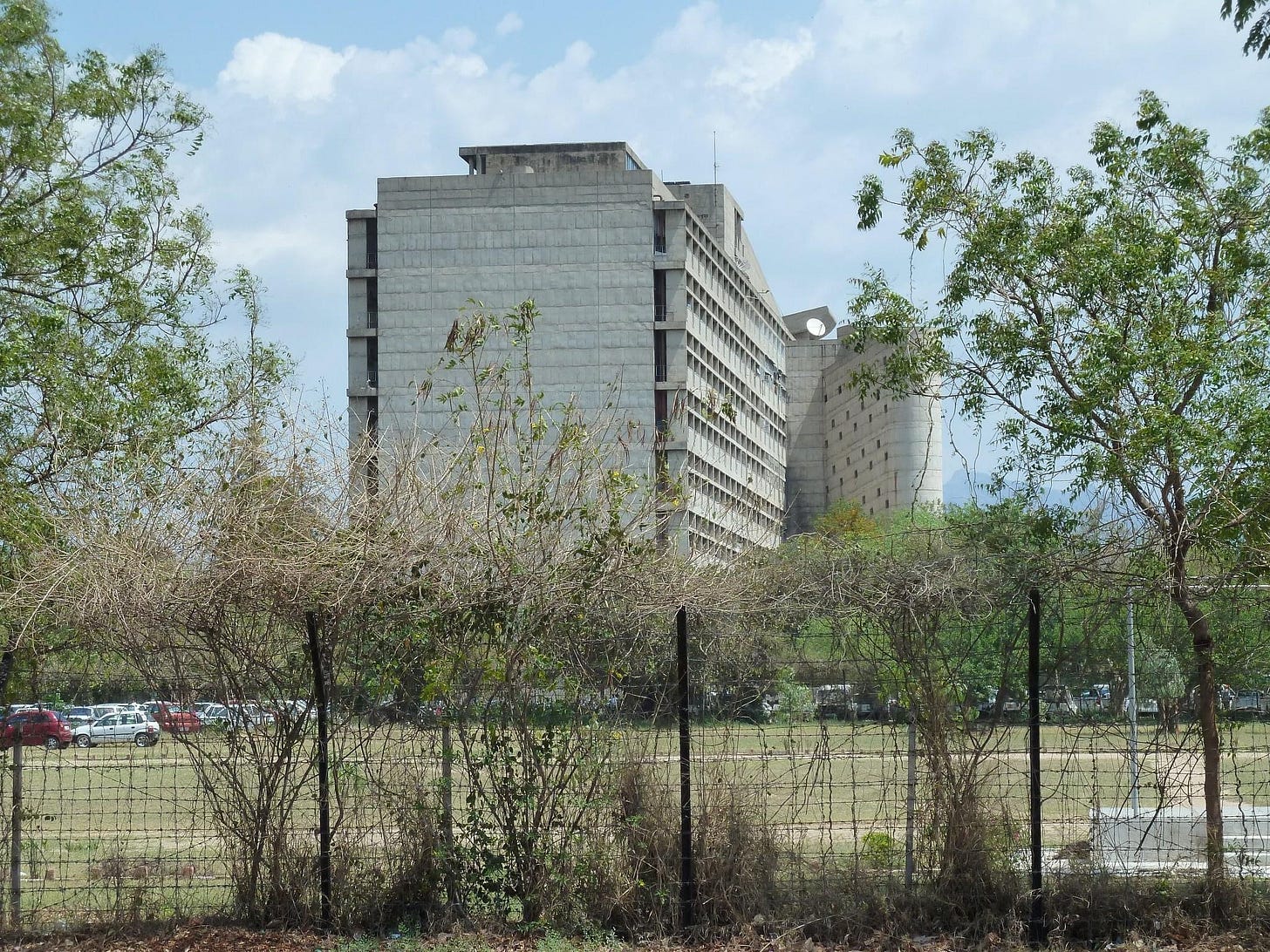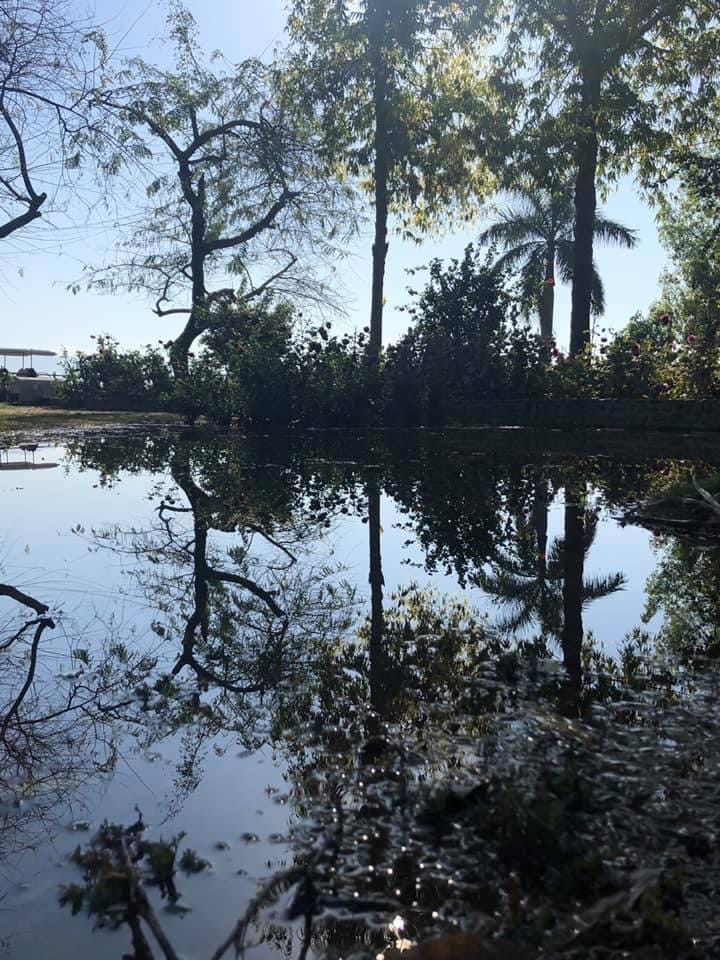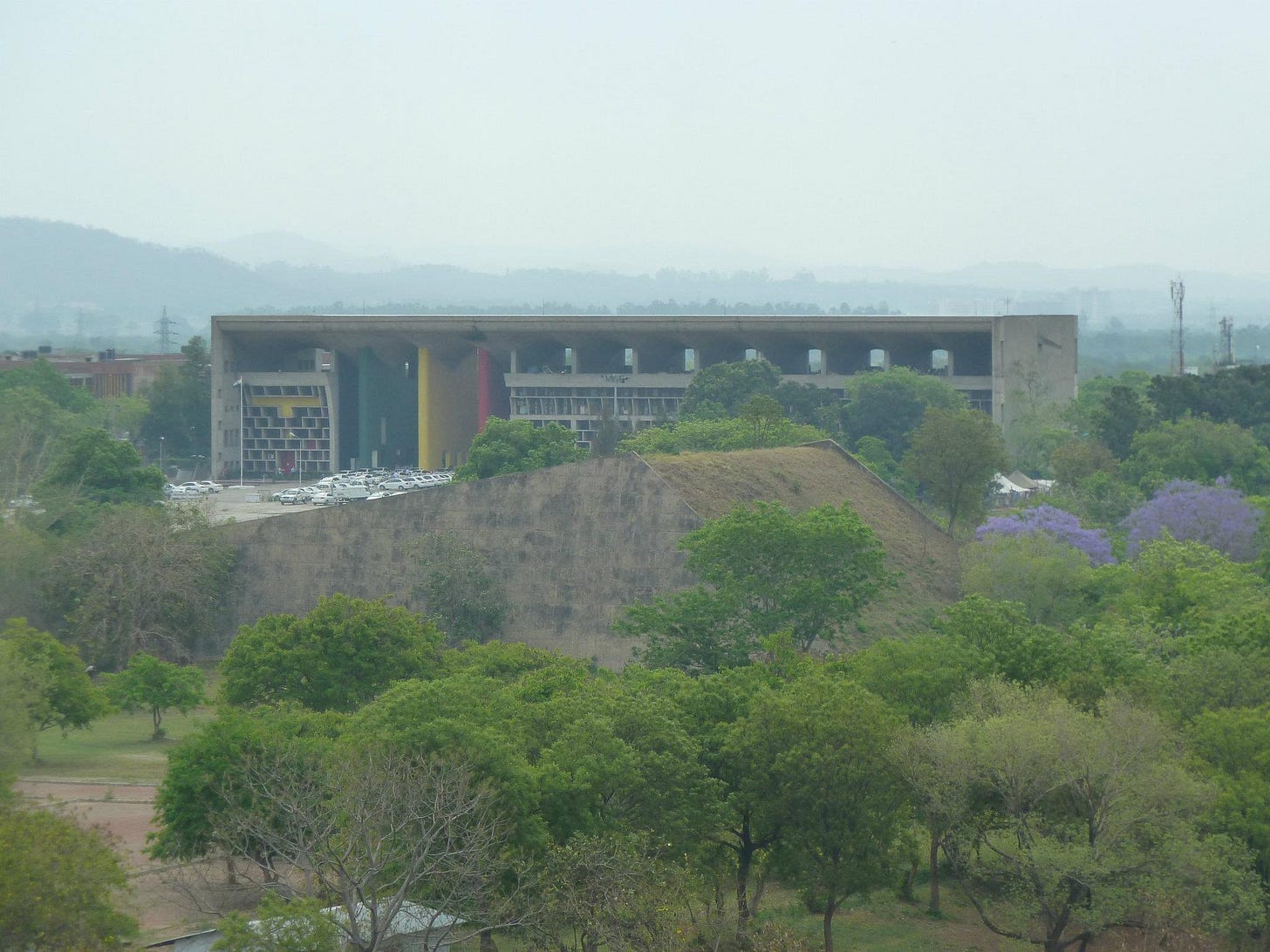Chandigarh: Preservation and Progress-- Balancing Modern Development of the "City Beautiful" with Cultural Richness
Aiming for an ultra-modern Chandigarh that's not only an architectural wonder but an inclusive city with a soul and a throbbing cultural life.
Introduction: I have read Dr. Pramod Kumar’s article on Chandigarh, which he describes as an "Architectural Island," with interest. He believes that the "City Beautiful" is currently a "cultural wasteland" that must be converted into a cultural nerve center, reflecting the sensitivity of its diverse inhabitants, including slum dwellers and migrants. He is also extremely critical of the recent decision of the Supreme Court, which practically bans the floor-wise sale of apartment units, especially in Marla plots and even in the larger ones.
Our Critique: The fundamental flaw in Dr. Pramod Kumar's discussion of the subject is that he regards the Union Territory of Chandigarh as essentially an island, if not a walled city. The linkages with the planned townships of Mohali in Punjab and Panchkula in Haryana have been completely missed. The improved connectivity with the "New Chandigarh” and Eco-Cities therein, as well as the ramshackle development permitted in the Nayagaon-Kansal belt in Punjab, immediately to the north of the Capitol Complex, has completely escaped his attention. Moreover, there’s an urban jungle called Zirakpur that was allowed to develop in its vicinity. Today, Punjab is talking about converting the towns of Mohali, Kharar, and Dera Bassi, perhaps even Banur, into one big Mega-Municipal Corporation. All these developments, both good and bad, impact Chandigarh and its livability, as well as its economy and culture.
Regional Linkages: Chandigarh does not exist in isolation, and linkages, not only social, economic, and political but also transportation, with all these settlements in proximity, have to be given due regard. The colonies and slums within Chandigarh, which should not have been allowed to develop in a random and haphazard manner, ostensibly due to political constraints, are the reality of life. But a mistake once made cannot be allowed to perpetuate or repeat itself.
Post-Partition Dream Project: Chandigarh was envisioned by Pandit Jawaharlal Nehru as a dream model of modern India, placed in juxtaposition to Lahore, the old cultural capital of undivided Punjab. Even today, it remains the most successful experiment in terms of new greenfield cities in the whole of India. Although I fully support Punjab's irrefutable and undeniable claim over its capital, the Union Territory of Chandigarh, there are many who believe that perhaps the "City Beautiful" would not have been able to retain and maintain some of its pristine beauty and glory if it were not administered directly on behalf of the Union of India.
Floor-wise apartments: When the floor-wise sale of apartments in small plots is permitted, it not only overloads civic services like water supply and sewerage systems but, more importantly, the consequential traffic congestion can literally choke the life out of a thriving city. We already have the example of Bangalore in this regard.
Transport Connectivity: What is important for Chandigarh is to have efficient linkages with the surrounding settlements in Punjab and Haryana in the most energy and time-efficient manner. Similarly, the traffic from the more densely populated southern sectors to the northern sectors, which house most of the office buildings, needs to be improved. The Chandigarh Metro project seems to be going nowhere. These initiatives are required despite Chandigarh arguably having one of the best traffic enforcement systems, including the police, in the entire country. Similarly access to the airport, which is now Mohali Airport for all intents and purposes, needs to be improved.
Culture of Cities: The culture of a city takes centuries, not just decades, to develop. Until recently, there were not many people who could legitimately describe themselves as belonging to Chandigarh. Most of them had moved from other parts of undivided Punjab, including West Punjab. Only recently, do we have a generation of people who were born and raised in Chandigarh and have spent their entire lives here in different vocations. They are now inching towards their retirement or are already in their platinum years. It is this generation that perhaps represents the true "indigenous" Chandigarh, although the young millennials and Gen-Z would perhaps claim this privilege.
Citizens not visiting current facilities: Regarding culture, how many residents of Chandigarh, from different strata of society, can claim to have visited the Chandigarh Museum or the Capitol Complex? Most of them may not have even seen the "Nature Interpretation Centre" at Sukhna Lake or the newly opened "Bird Sanctuary." Chandigarh boasts one of the best public libraries in the region, but it is almost always quite deserted. By the way, when did you last visit the famous "Rock Garden" or the new “Botanical Garden”?
Culture is more than just institutions and buildings: The culture of a place is created by the people of the city and cannot be achieved by buildings alone. It is the social interaction that shapes the culture and destiny of a city. Institutions can follow. Despite its obvious limitations, Chandigarh is arguably the most livable and best-planned city in the country, besides having a unique culture of its own.
Let our “Heritage City” bloom: Availability of land and space in Chandigarh is undoubtedly scarce, as it is practically landlocked. But if we implement the suggestions of Dr. Pramod Kumar, it will degenerate into an urban mess in less than a decade. We cannot allow that to happen, even under the banner of social inclusion and cultural rejuvenation, in search of a hypothetical and utopian dream called the "civilizational city." Let us allow our "heritage city" to grow, bloom, and flourish—after all, Rome was not built in a day.
Photos by the author.

